Christopher Columbus' Bad Math

Christopher Columbus' voyage to the New World in 1492 was a result of significant miscalculations. He underestimated the Earth's circumference, believing it to be much smaller than it is. Moreover, Columbus overestimated the size and eastward reach of Asia, which he thought extended far into the Atlantic Ocean.
His calculations led him to believe he could reach Asia by sailing westward from Europe. Instead, he landed in the Bahamas, thus stumbling upon the Americas. These errors in estimation not only led to the unexpected discovery of North America but also marked the beginning of lasting contact between the Old and New Worlds.
Misplaced Bacterial Samples

The discovery of penicillin by Sir Alexander Fleming in 1928 was a serendipitous event, born out of mistakes that led to a groundbreaking revelation. Before leaving for vacation, Fleming failed to sterilize his Petri dishes, an error in laboratory protocol.
Upon his return, he noticed one dish contaminated with a mold (Penicillium notatum) had a clear zone around it where bacteria couldn't survive. This unplanned observation led to the development of penicillin, the world's first antibiotic, marking a turning point in medical history.
Constantinople's Unlocked Gate
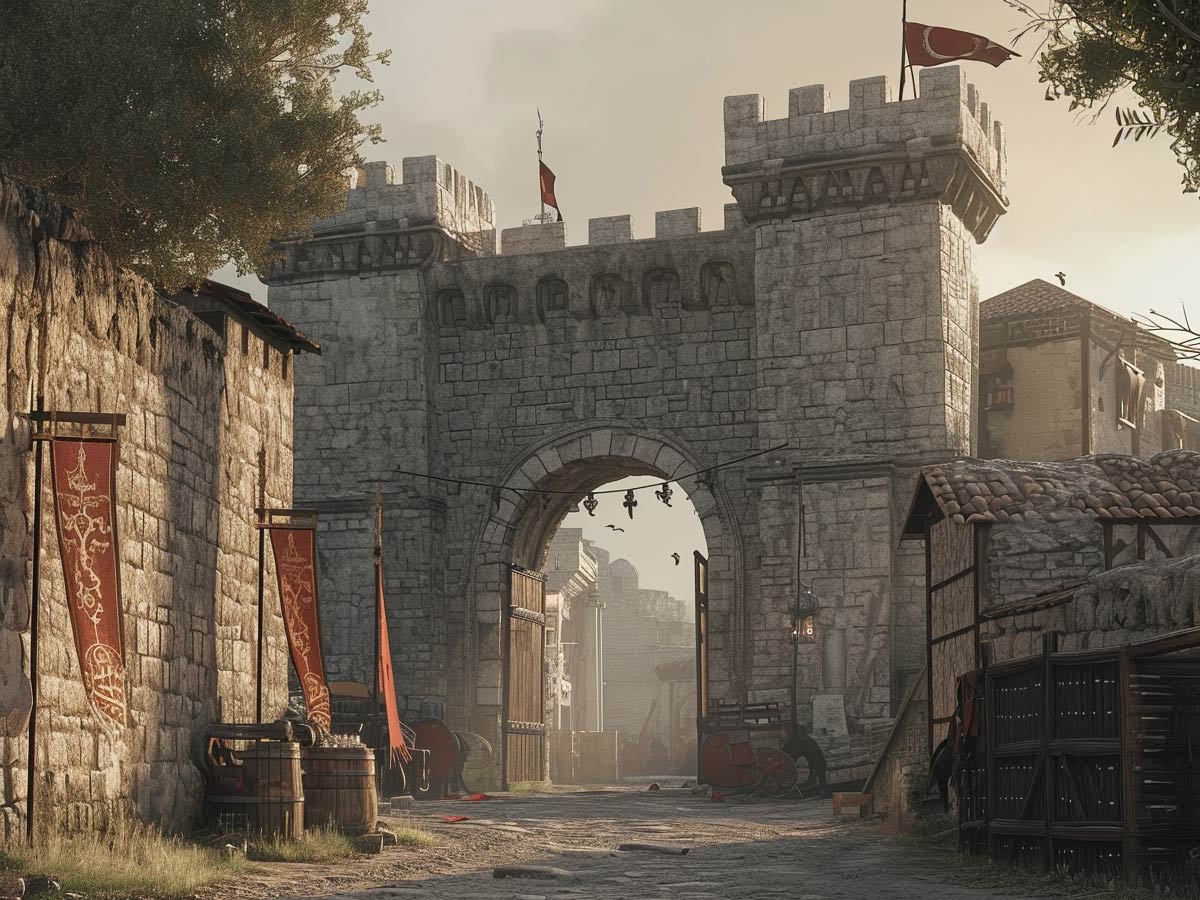
The fall of Constantinople in 1453, marking the end of the Byzantine Empire, is often attributed to an unlocked gate. The tale tells of the small Kerkoporta gate in the city's Land Walls being left open.
Ottoman soldiers discovered this unguarded entry point, climbed to the top of the wall, and raised their banners, causing panic among the Byzantines. Despite fierce resistance in other areas like the Gate of St. Romanus, this seemingly insignificant oversight led to the city's capture. However, some historians question the veracity of this story, considering it more legend than fact.
The Titanic's Binoculars

The tragedy of the Titanic in 1912 is often linked to a misstep involving lookout binoculars. The ship was equipped with binoculars, but they were inadvertently locked in a locker in the crow's nest, and no one knew where the key was. This error has been considered by some to be a contributing factor to the ship's demise.
However, while the lack of binoculars is frequently discussed, it's unclear if their availability would have prevented the disaster. Some experts argue that binoculars might not have helped spot the iceberg in the conditions that night.
Russia's Bad Deal
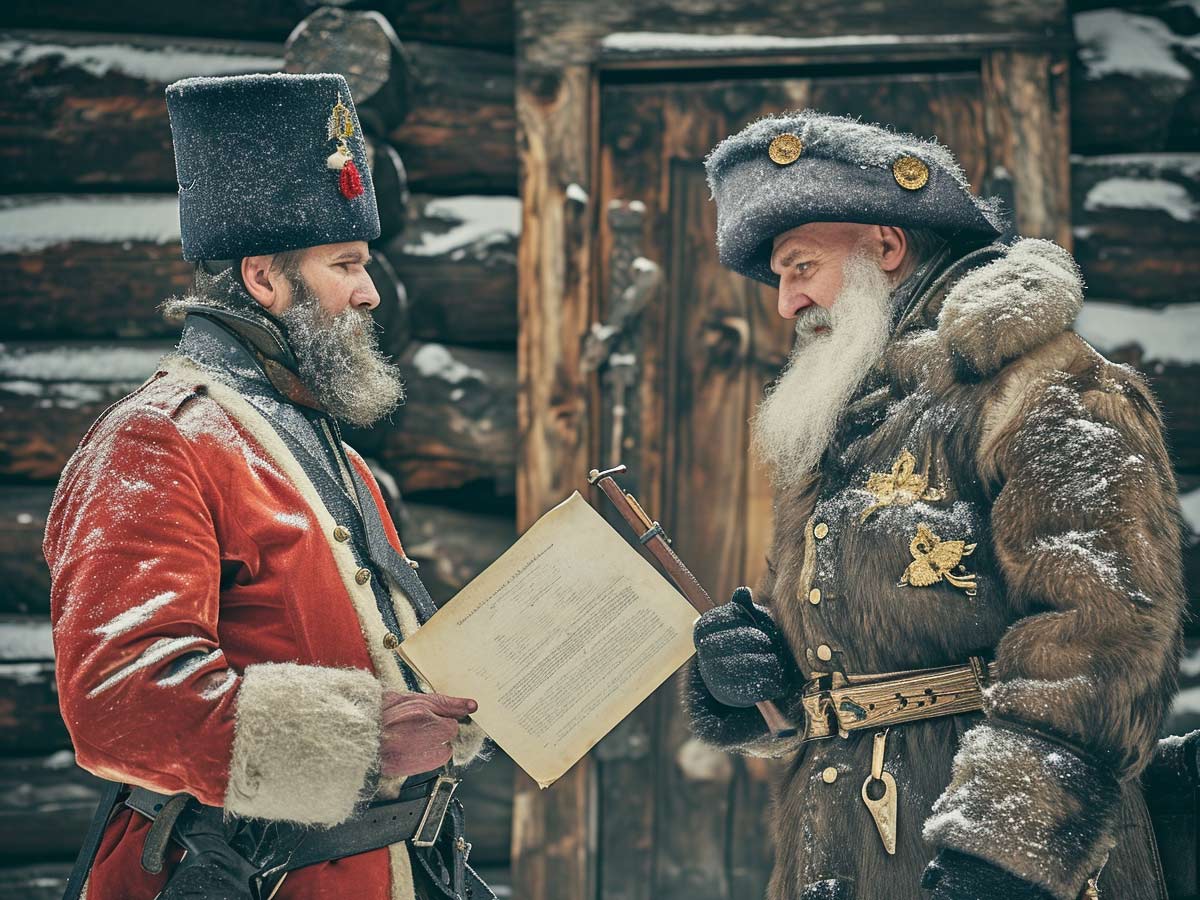
The sale of Alaska by Russia in 1867, known as the Alaska Purchase, is often viewed as a strategic misstep by the Russians. Selling the territory for $7.2 million to the United States, Russia relinquished a vast region abundant with natural resources.
At the time, they were concerned about losing the territory without compensation due to geopolitical pressures. However, with hindsight, the economic potential of Alaska's oil, gas, and other resources far exceeded the purchase price. This transaction significantly altered history, expanding U.S. territory further west and ultimately contributing to its rise as a global superpower.
Napoleon's Invasion Blunders

Napoleon's invasion of Russia in 1812 is often regarded as a colossal strategic blunder. Napoleon underestimated the harsh Russian winter and stretched his supply lines too thin, resulting in mass starvation and death among his troops. Additionally, his expectation of a quick victory led him to neglect establishing a secure line of retreat.
Only 10% of his army returned from the disastrous campaign. This defeat marked the beginning of the end for Napoleon, leading to his abdication and exile. Furthermore, it altered European geopolitics, weakening French dominance and setting the stage for a resurgent Russia.
Dropped Helmet Downfall
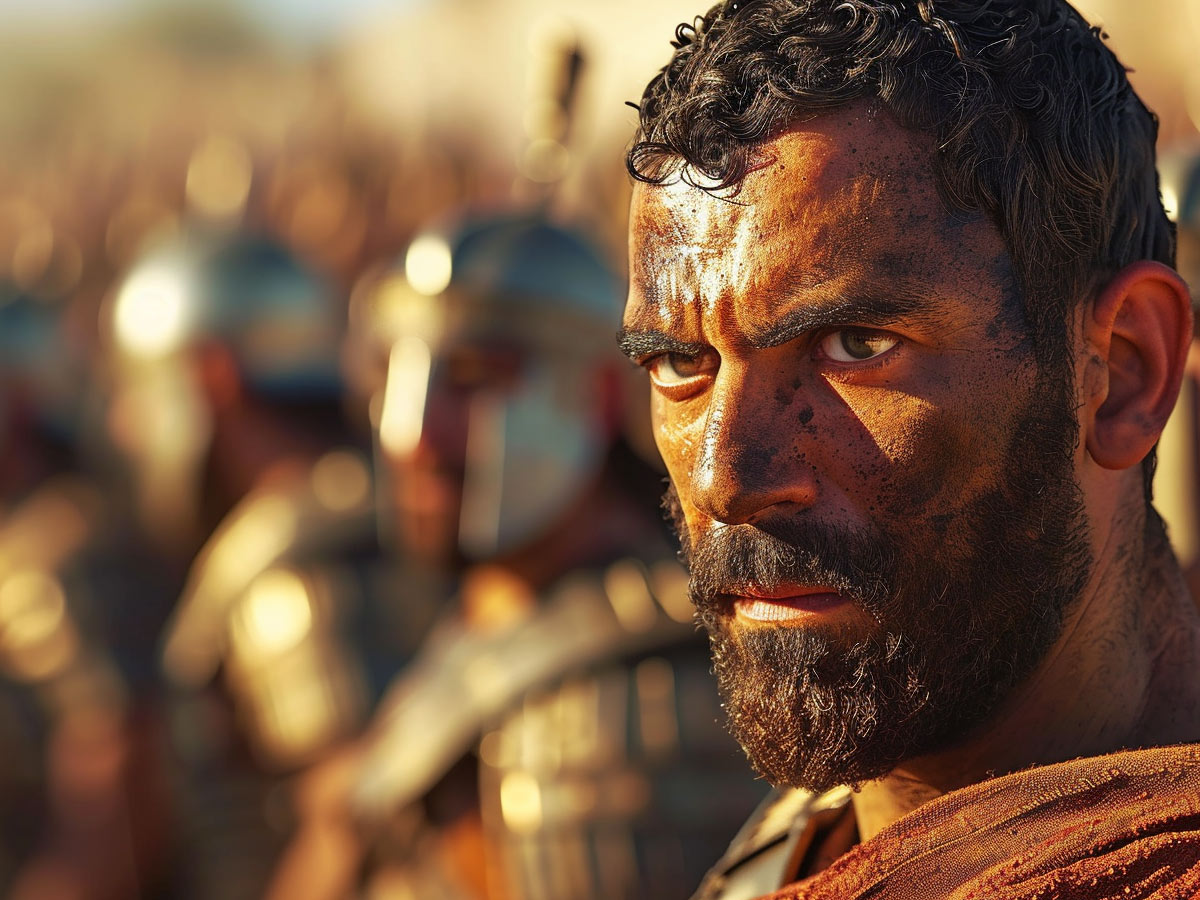
Cyrus the Great's seizure of Sardis, the capital of Lydia, was a pivotal moment in the expansion of the Persian Empire. According to historical accounts, Cyrus' soldiers were unable to breach the city's defenses due to its strategic location on a steep hill.
The turning point came when a Lydian soldier dropped his helmet down the hill and pursued it, unwittingly revealing a hidden path to the Persians. One of Cyrus' soldiers scaled this path at night, bypassing the defenses. This event led to the fall of Sardis, marking a significant step in Cyrus' consolidation of power.
Watergate's Tricky Tape

The Watergate scandal, one of the most infamous political events in U.S. history, began with a seemingly minor mistake. On June 17, 1972, five burglars were caught inside the Democratic National Committee offices in the Watergate complex.
The burglars' presence was detected by security guard Frank Wills, who noticed a piece of duct tape covering a door lock. The tape had been placed to prevent the door from locking, allowing easy re-entry. Wills' discovery and subsequent report to the police led to the arrest of the burglars, triggering an investigation that eventually exposed a vast political conspiracy, including then-president Richard Nixon.
D-Day Birthday Mistakes

The success of the D-Day invasion was greatly aided by a fortuitous event - a birthday party. On the eve of the invasion, General Erwin Rommel, commander of German defenses in Normandy, left to celebrate his wife's birthday. This absence from his post on the critical day of June 6, 1944, hindered the German response.
Furthermore, many German officers were also away from their posts, attending war games in Rennes. The resulting confusion and delay in the German command structure gave the Allies a decisive advantage, contributing to the successful landing and eventual turning of the tide in World War II.
A Tasty Popsicle Mistake

The invention of the Popsicle dates back to 1905, when 11-year-old Frank Epperson accidentally left a mixture of powdered soda and water outside overnight. The drop in temperature caused the mixture to freeze, with the wooden stir stick he had used becoming the handle.
The next morning, intrigued by his frozen concoction, Epperson tasted it and was pleasantly surprised. This serendipitous event led to the creation of the Popsicle, one of the most popular frozen treats worldwide. The story serves as an inspiring reminder of how even small accidents can lead to significant inventions.
Stalin's Ignored Warnings

Historians argue that Stalin had knowledge of a German invasion plan as early as 1935, including a specific attack plan known as the Eastern Campaign. Despite receiving numerous warnings, Stalin chose to ignore them, leading to the surprise German attack on the USSR known as Operation Barbarossa.
Stalin's miscalculation of the timing and scale of the attack significantly impacted the course of history. The USSR was initially unprepared, suffering massive losses, but it eventually rallied, marking a turning point in World War II and significantly contributing to the eventual defeat of Germany.
French Military Blunders in Vietnam
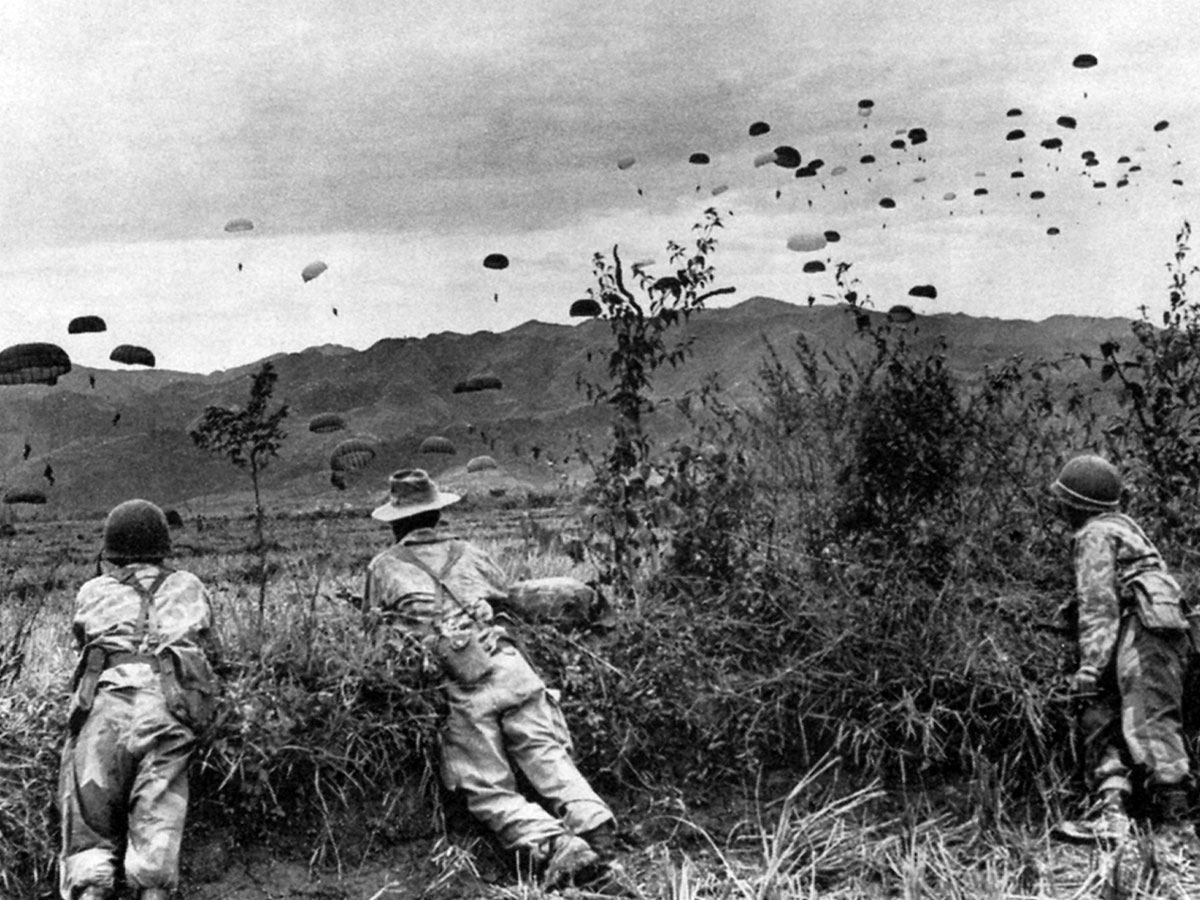
The French military made several strategic errors during the Battle of Dien Bien Phu, fundamentally underestimating their enemy, the Viet Minh. Arrogance, ignorance, and poor planning led to a failure in crafting a viable strategy, violating nearly all principles of war at every level—strategic, operational, and tactical.
The French misjudged the true military strength of the Viet Minh, discounting their ability to mount a massive artillery bombardment. This catastrophic defeat ended France's hopes of maintaining influence in Indochina, setting the stage for the Vietnam War and changing the course of history.
Friendly Fire Catastrophe

The Battle of Karánsebes, which occurred during the Austro-Turkish War in 1788, is remembered as a significant friendly fire catastrophe. A misunderstanding among the Austrian troops led to chaos, and it's believed that up to 10,000 soldiers were attacked by their own side.
This event changed the course of the war, leading to a victory for the Ottomans, who captured the city of Karánsebes. The incident marks a reminder of the potential consequences of miscommunication in warfare and has been studied in military strategy ever since.
WWII Translation Errors
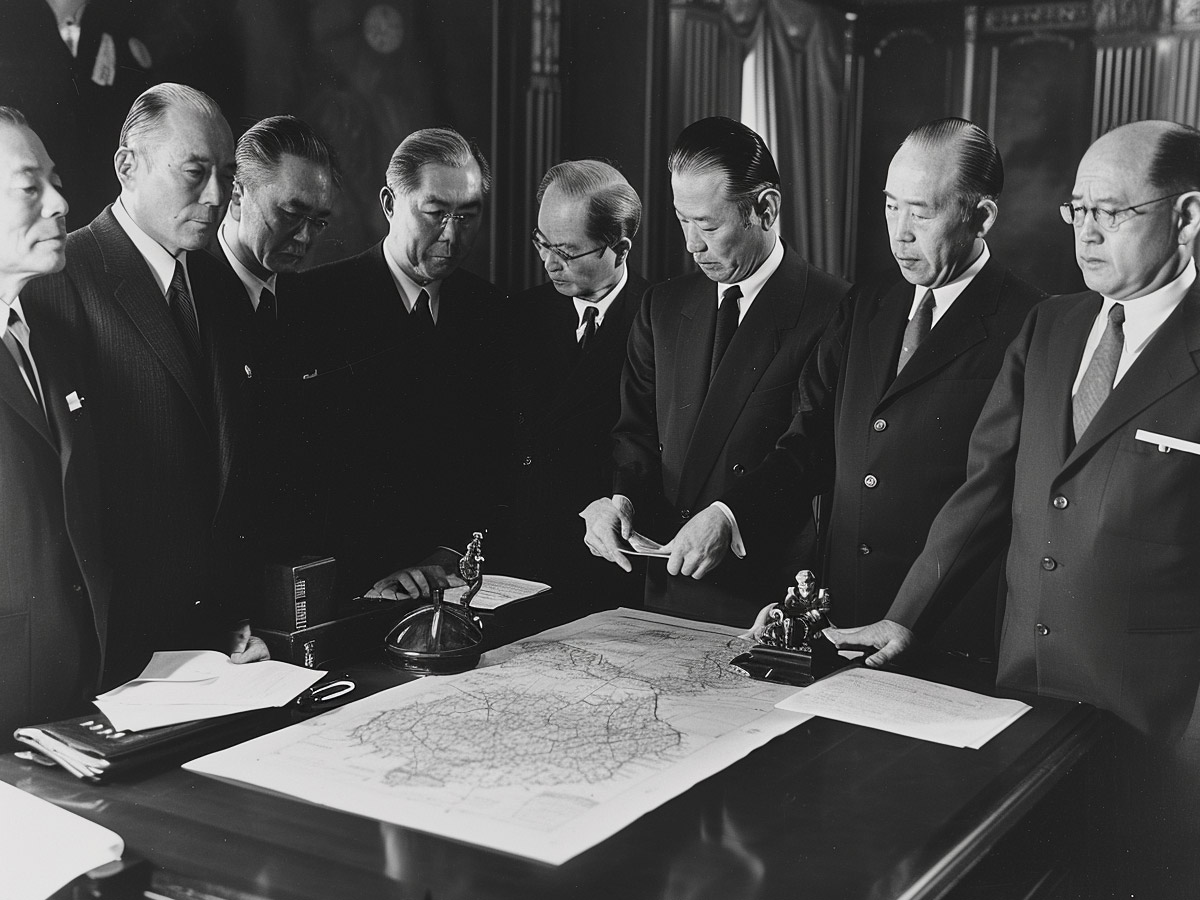
A critical translation error during World War II contributed to the decision of the United States to drop atomic bombs on Hiroshima and Nagasaki. When asked for a response to the Potsdam Declaration, which called for Japan's surrender, Japanese Prime Minister Kantaro Suzuki used the term "mokusatsu", intending to convey "no comment".
However, it was translated as "we are ignoring it in contempt." This misinterpretation led American leaders to believe that Japan was defiantly rejecting the declaration, influencing their decision to proceed with the nuclear bombings that effectively ended the war.
Arriving Late in the Bay of Pigs
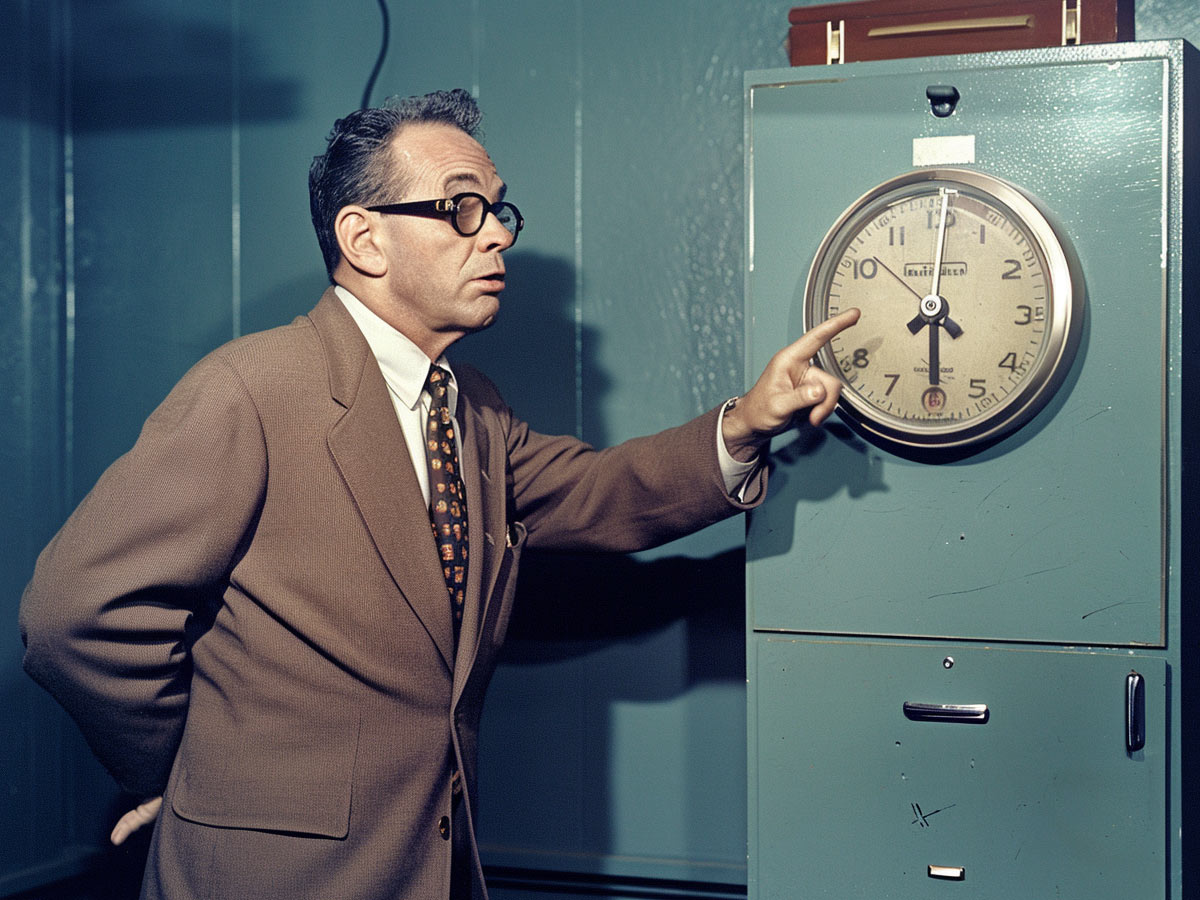
The U.S.-backed invasion of Cuba at the Bay of Pigs in 1961 was marred by numerous errors, including a critical time zone mistake. The invasion plan relied on air support from B-26 bombers to neutralize Castro's air force. However, due to a misunderstanding of time zones between the pilots and the invasion force, the bombers arrived an hour late.
Meanwhile, the Cuban exile brigade had already landed and was under heavy fire without the expected air cover. This error contributed significantly to the failure of the invasion, marking a major embarrassment for the Kennedy administration.
The Berlin Wall Falling Early

The opening of the Berlin Wall on November 9, 1989, was significantly influenced by a miscommunication. During a press conference, East German official Günter Schabowski mistakenly announced that the border would be opened "immediately, without delay" due to a misunderstanding of the intended timing.
This led to a rush on the wall by citizens, and overwhelmed border guards ultimately allowed people through. This unintentional early opening marked a pivotal moment in the end of the Cold War.
The Archduke's Wrong Turn
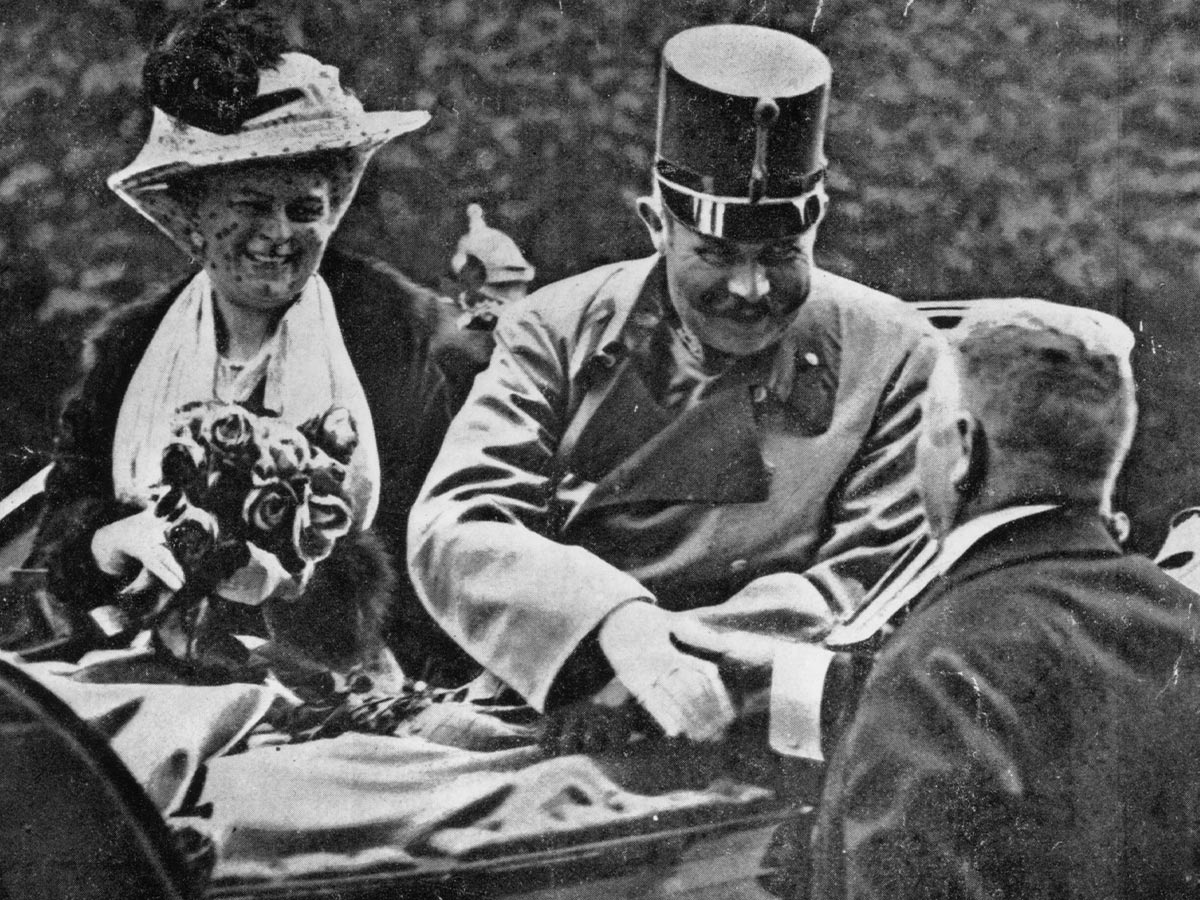
The death of Archduke Franz Ferdinand of Austria, an event that triggered the start of World War I, was precipitated by an unfortunate wrong turn. After an initial failed attack on Ferdinand, the archduke's driver took a wrong turn into a side street in Sarajevo.
By chance, Gavrilo Princip, one of the conspirators, was standing there. Seizing the unexpected opportunity, Princip attacked both the archduke and his wife. This event set off a chain reaction of alliances and conflicts that led to the outbreak of World War I.
Japan's Bad Choices
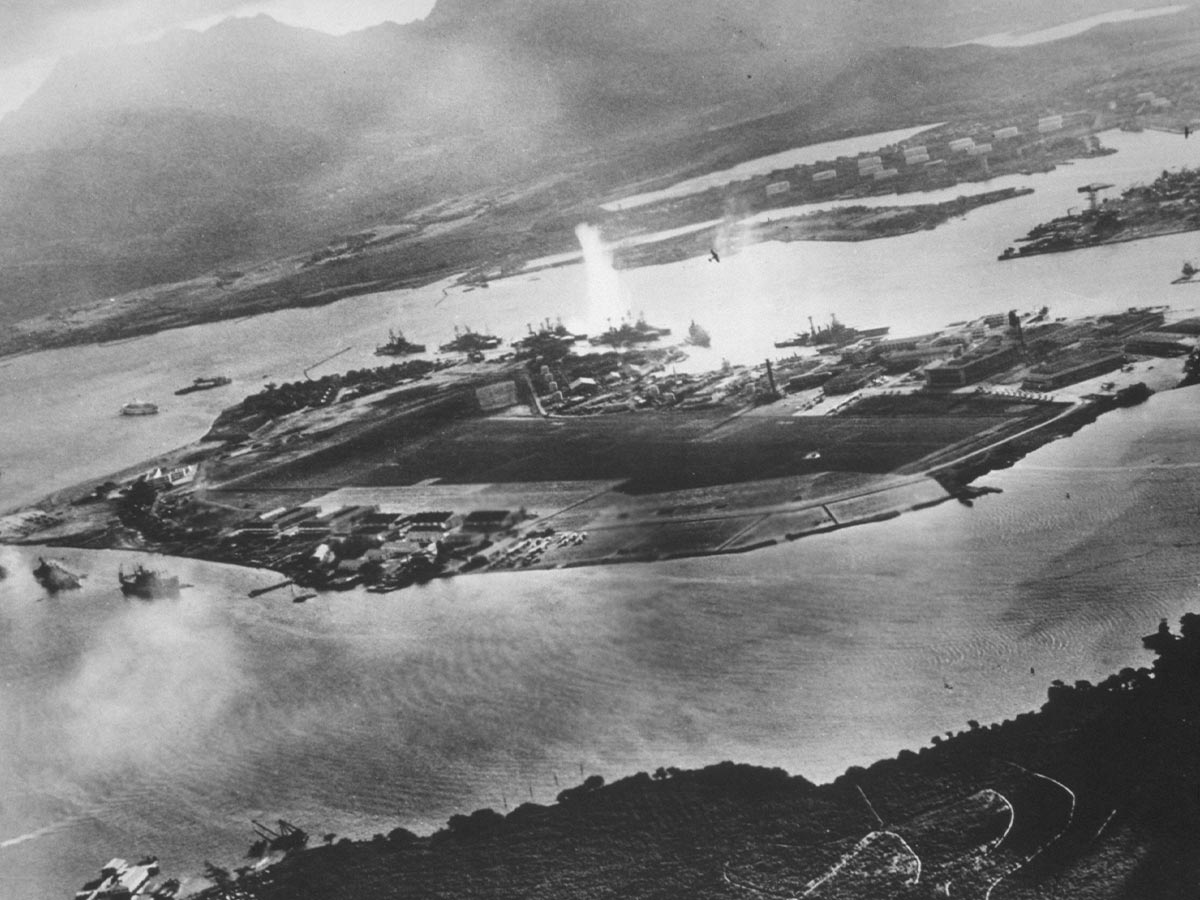
From a military perspective, Japan's attack on Pearl Harbor on December 7, 1941, missed several crucial targets. The Japanese primarily targeted battleships, underestimating the strategic value of aircraft carriers, which were not present during the attack.
Furthermore, vital onshore facilities such as oil storage depots, dry docks, and repair shops were largely left untouched. These oversights allowed the U.S. Pacific Fleet to recover more rapidly than it might have otherwise, significantly impacting the course of World War II.
Fox's Astronomically Bad Decision

In the late 1970s, Fox made what some consider a strategic misstep by giving Star Wars sequel rights to George Lucas. At the time, sequels were not as lucrative as they are today, and Fox underestimated the potential of Lucas' space opera.
This decision allowed Lucas to build a multi-billion dollar franchise, including merchandise and spin-offs. While Fox still benefited financially from distribution rights, they missed out on a significant portion of the Star Wars revenue that Lucas and later Disney would reap.
An Electrical Disaster
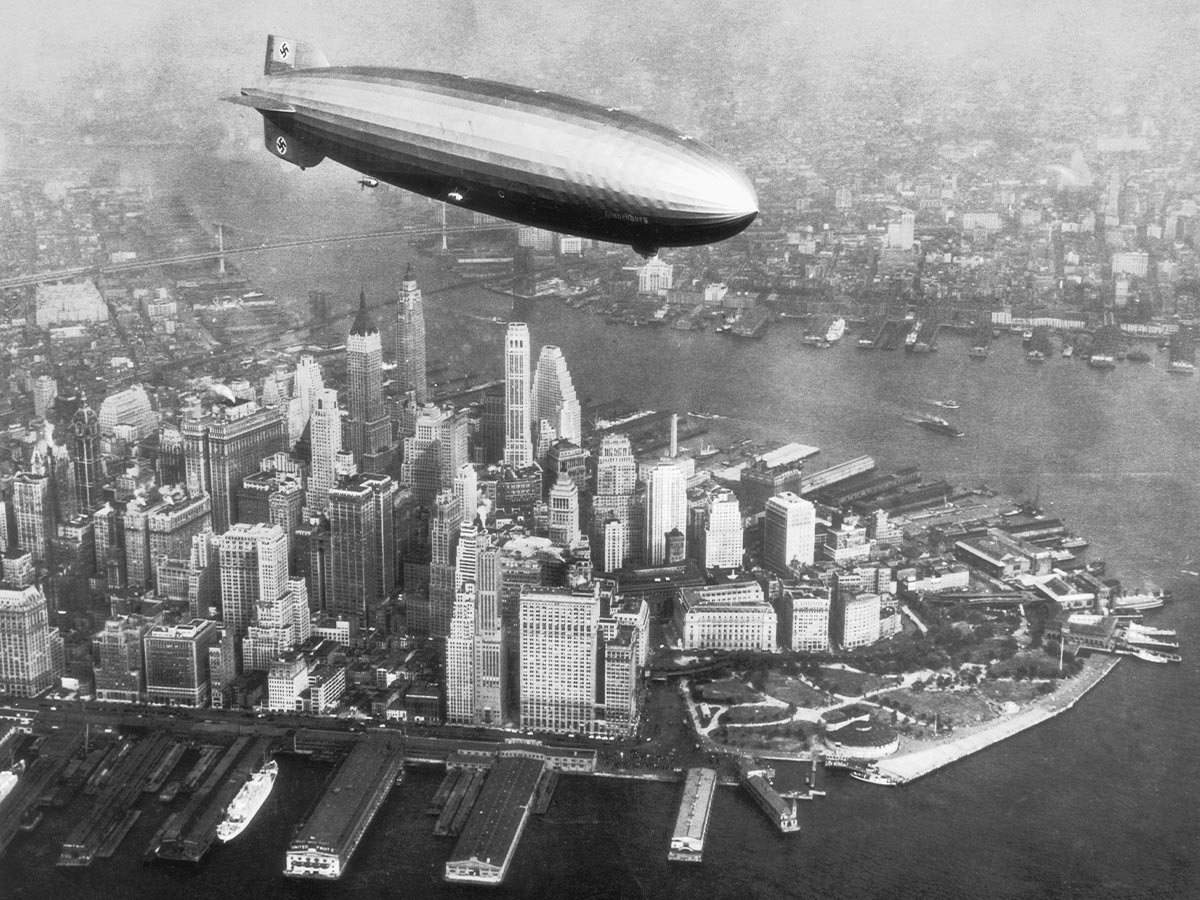
The Hindenburg disaster, one of history's most iconic airship accidents, was likely caused by a lethal combination of static electricity and hydrogen gas. As the airship flew through an electrical storm, it accumulated a static charge, which ignited leaking hydrogen.
This theory, supported by several investigations, has reshaped our understanding of the tragedy. The disaster marked the end of the airship era and dramatically shifted public opinion towards safer modes of air travel, significantly influencing the development of modern aviation.
Landing in the Wrong Place

During the D-Day invasion on June 6, 1944, many American paratroopers found themselves landing far from their intended drop zones due to factors like enemy fire and navigational errors. Initially, this disarray could have spelled disaster for the operation. However, the unintended dispersal of US airborne forces across Normandy inadvertently sowed confusion among Axis troops.
The widespread presence of paratroopers forced the Germans to allocate resources across a broader area, uncertain of the main axis of attack. This diversion played a crucial role in the success of Operation Overlord, as it diluted German defenses and contributed to the Allied surprise, allowing beach landings to proceed with relatively less resistance.
Charging Towards Danger
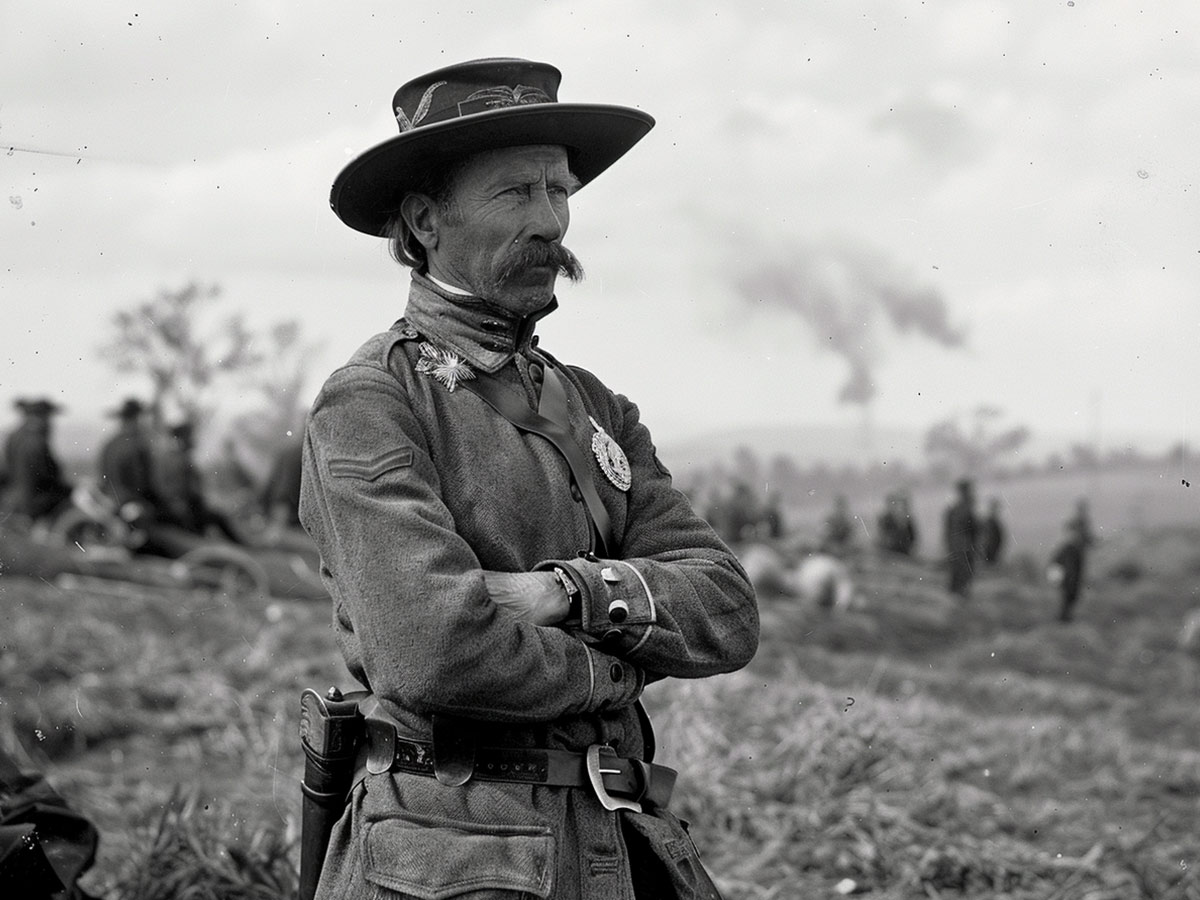
General Pickett's Charge, a critical moment during the Battle of Gettysburg on July 3, 1863, marked one of the Civil War's most ambitious yet doomed assaults. Commanded by General Robert E. Lee, over 12,000 Confederate soldiers launched an uphill attack against the Union forces under General George G. Meade.
Despite the bravery displayed, the charge faced devastating rifle and artillery fire, resulting in heavy Confederate losses. This bold but unsuccessful offensive significantly weakened the Confederate army, marking a turning point in the battle. Meade's ability to hold the line against Pickett's Charge not only repulsed the assault but also shifted the momentum in favor of the Union, contributing to the eventual defeat of the Confederate forces at Gettysburg.
Fighting After the Bell
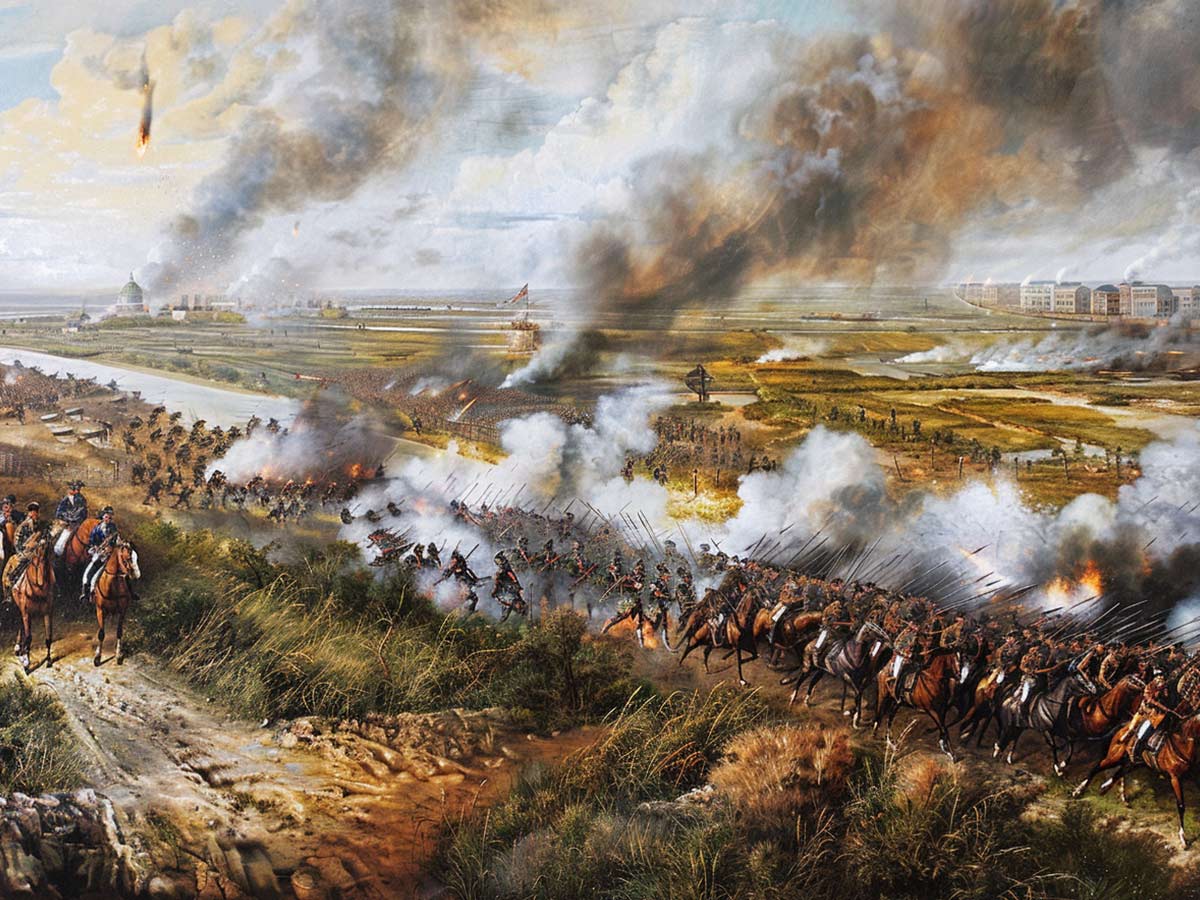
The Battle of New Orleans, occurring on January 8, 1815, is a historical anomaly as it unfolded after the War of 1812 had technically concluded with the signing of the Treaty of Ghent on December 24, 1814. Despite this timing, the battle became a pivotal moment in American history.
The lack of swift communication meant neither side knew peace had been declared, leading to a significant engagement that ended with a decisive American victory against British forces. This victory not only solidified Major General Andrew Jackson's status as a national hero but also boosted American morale and patriotism. It forced the British to recognize U.S. claims to Louisiana and West Florida, shaping the nation's expansion and identity in its early years.
Does Not Compute

In 1999, NASA's Mars Climate Orbiter was lost due to a critical error in unit conversion between the metric system, used by NASA, and English units, employed by Lockheed Martin, the contractor. This oversight resulted in a $125 million spacecraft burning up in the Martian atmosphere instead of orbiting the planet.
The mishap underscored the potential for disaster when even seemingly minor errors occur in space missions. It led to significant changes in NASA's operational protocols, emphasizing the importance of standardized measurements across all phases of mission planning and execution, thereby enhancing the safety and success of future space explorations.
The Show Must Go On

The accident that led Tony Iommi, the legendary guitarist of Black Sabbath, to lose the tips of his fingers had an unexpectedly profound impact on the development of heavy metal. Faced with the possibility of never playing guitar again, Iommi crafted prosthetic fingertips and detuned his guitar to ease the tension on his injured fingers.
This innovative adaptation not only allowed him to continue playing but also resulted in a darker, heavier sound that became characteristic of Black Sabbath. The band's distinct style, rooted in Iommi's ingenuity and resilience, contributed significantly to the birth of the heavy metal genre.
A Waste of Time and Money
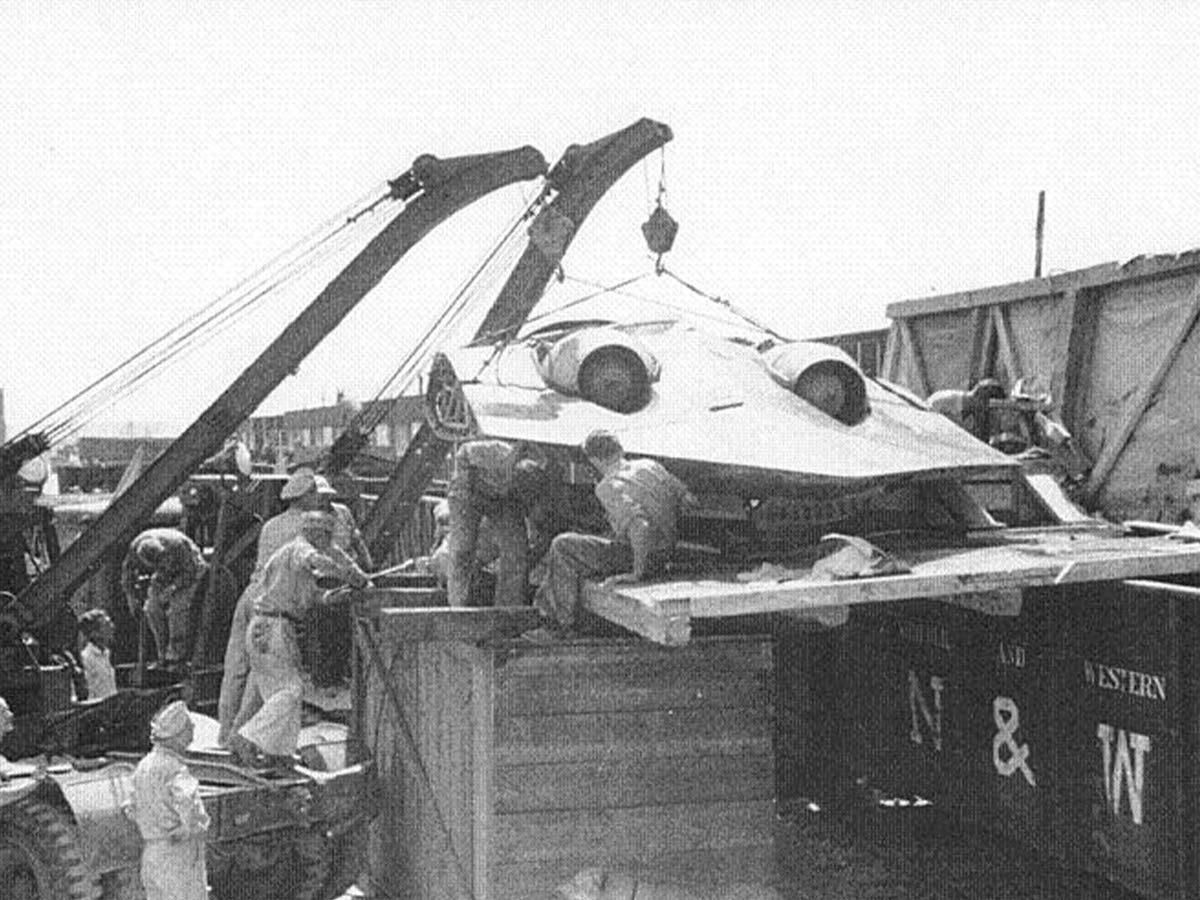
During World War II, Germany invested heavily in the development of so-called "wonder weapons" (Wunderwaffe), including advanced prototypes and weapons systems that promised revolutionary capabilities. This obsession with creating technologically superior weapons drained vital resources, manpower, and time.
Critics argue that this focus on experimental and often impractical weaponry diverted essential resources from more immediate war needs, contributing to the weakening of Germany's war effort. The strategic miscalculation of prioritizing these projects, many of which failed to be deployed effectively or arrived too late to make a significant impact, played a role in altering the course of the war, hastening the Axis powers' defeat.
An Offer You Shouldn't Refuse

The Khwarazmian Empire's downfall began after rejecting a diplomatic outreach from Genghis Khan. In 1218, the empire insulted Genghis Khan by killing his trade envoy and confiscating his goods. Outraged, Genghis Khan responded with a massive invasion between 1219 and 1221, deploying his Mongol forces across the Khwarazmian lands.
This overwhelming military campaign resulted in the complete conquest of the Khwarazmian Empire, showcasing the Mongols' formidable power and strategic prowess. The fall of the Khwarazmian Empire not only expanded the Mongol Empire significantly but also sent shockwaves through adjacent regions, altering the course of Middle Eastern and Central Asian history.
A Solution Causes More Problems

The introduction of Tetraethyl Lead (TEL) as an additive to gasoline in the 1920s marked a significant advancement in automotive engineering. This compound, developed by Thomas Midgley, Jr., was celebrated for its ability to boost octane levels, allowing for higher engine compression and efficiency. However, the widespread use of leaded gasoline had dire public health consequences.
The toxic properties of TEL, well-known even at the time of its introduction, contributed to widespread environmental pollution and serious health issues, including neurological damage. This led to a prolonged global campaign to eliminate leaded fuel, culminating in its eventual phase-out, which not only mitigated these health risks but also marked an important step in environmental protection efforts.
An Error-Filled Explosion

The Piper Alpha disaster on July 6, 1988, was precipitated by a series of errors, including inadequate maintenance and safety practices. Critical systems lacked redundancies, and a failure to properly communicate the status of maintenance activities led to the ignition of gas leaks.
This resulted in a catastrophic explosion that caused the rig to burn uncontrollably, ultimately claiming 167 lives. The environmental impact was profound, with large quantities of oil burning and spilling into the North Sea. This tragedy marked a turning point in offshore oil and gas industry regulations, leading to significant improvements in safety protocols and emergency response measures.
Magnifying a Problem

The "Walkie Talkie" skyscraper in London, known for its distinctive concave design, inadvertently became a magnifying glass when sunlight reflected off its surface with such intensity that it damaged vehicles parked nearby. This phenomenon melted parts of cars, including a Jaguar XJ, and caused property damage to surrounding areas.
The situation highlighted the unforeseen consequences of architectural designs interacting with their environments. In response, the building was retrofitted with shading to mitigate the hazardous reflections. This incident underscored the importance of considering environmental impacts in urban architecture and led to increased scrutiny of building designs to prevent similar occurrences.
(Image via Loco Steve, CC BY-SA 2.0, via Wikimedia Commons; Loco Steve, UK, CC BY-SA 2.0, via Wikimedia Commons)
Missed the Jackpot

In a whirlwind of emotions, Rachel Kennedy and Liam McCrohan from Hertfordshire briefly believed they had won a life-changing £182 million in the EuroMillions jackpot, only to have their dreams dashed. The issue? Rachel's ticket payment hadn't been processed because her account was low on funds, a detail overlooked due to university commitments.
Despite the rollercoaster of excitement and disappointment, the couple managed to stay positive, hoping the prize would go to someone in dire need. The incident, shared widely online, serves as a bittersweet tale of what could have been, highlighting the importance of small details in life's significant moments.
Out of Control
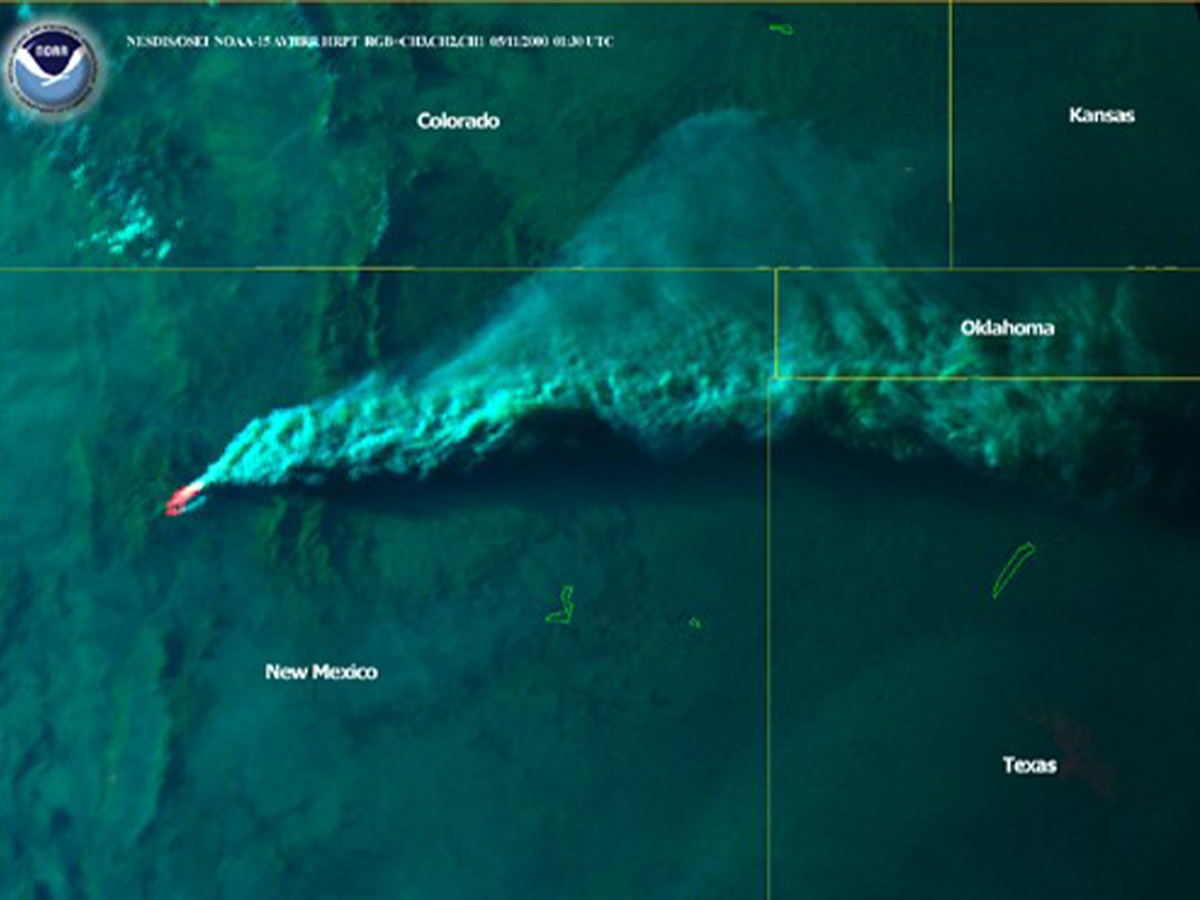
The Cerro Grande Fire, which ignited in May 2000, started as a controlled burn by the National Park Service. However, it quickly spiraled out of control due to a combination of high winds and severe drought conditions, transforming into a devastating wildfire.
The fire ravaged the town of Los Alamos, New Mexico, destroying over 400 homes, displacing hundreds of families, and causing an estimated $1 billion in damages. The disaster underscored the risks associated with prescribed burns, especially under adverse weather conditions, and prompted a reevaluation of fire management practices to prevent similar catastrophes in the future.
Money to Burn
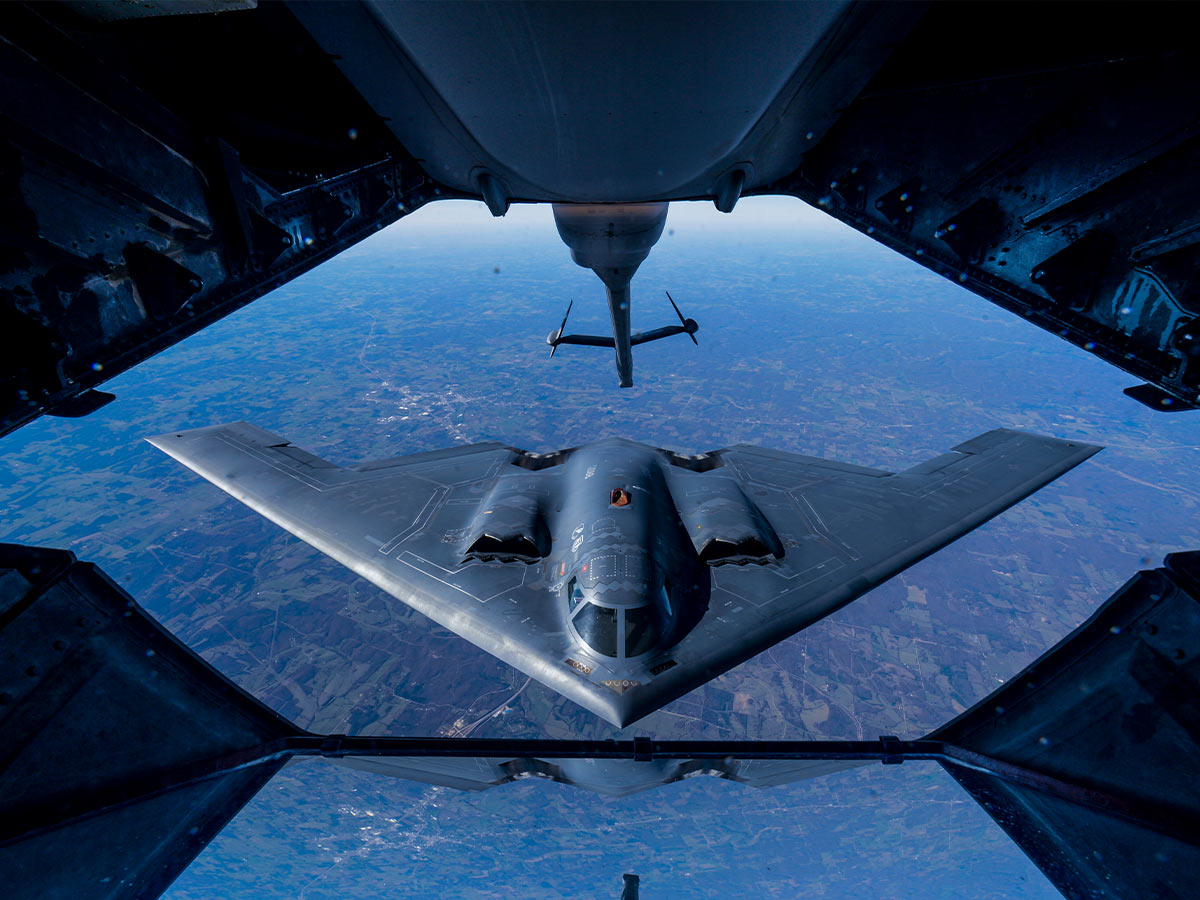
In 2008, a Northrop Grumman B-2 Spirit, part of the United States Air Force's fleet and among the most technologically advanced stealth aircraft, crashed just after takeoff from Andersen Air Force Base in Guam. This incident was attributed to moisture in the plane's sensors, leading to a catastrophic failure.
The loss of the B-2 bomber, valued at approximately $1.4 billion, represented not just a significant financial blow but also underscored the intricate balance between cutting-edge technology and reliability in military aviation. The event prompted a thorough review of sensor technologies and maintenance practices to prevent similar occurrences in the future.
Lost in the Woods

In October 2003, the Cedar Fire, one of California's most destructive wildfires, was inadvertently ignited by a lost hunter in the Cleveland National Forest. In desperation to signal for help, the hunter fired a flare, which quickly set the dry, dense underbrush ablaze.
The fire rapidly spread, consuming over 280,000 acres of land, destroying thousands of homes, and taking 15 lives. This catastrophe highlighted the severe consequences of human actions during critical fire weather conditions and led to increased public awareness and stricter regulations on fire safety and emergency signaling practices in wilderness areas.
The Snapple Disaster

The acquisition of Snapple by Quaker Oats stands as a landmark example of a mismatched corporate merger. In 1994, Quaker, hoping to replicate its success with Gatorade, acquired Snapple for $1.7 billion. However, due to a fundamental misunderstanding of the brand and a series of strategic missteps, Quaker struggled to integrate Snapple into its portfolio.
This led to a significant loss in Snapple's market value and brand appeal. Just three years later, Quaker sold Snapple for a mere $300 million, marking a staggering loss of $1.4 billion. This debacle not only tarnished Quaker's financial record but also served as a cautionary tale about the importance of brand compatibility in acquisitions.
A Three-Mile Disaster
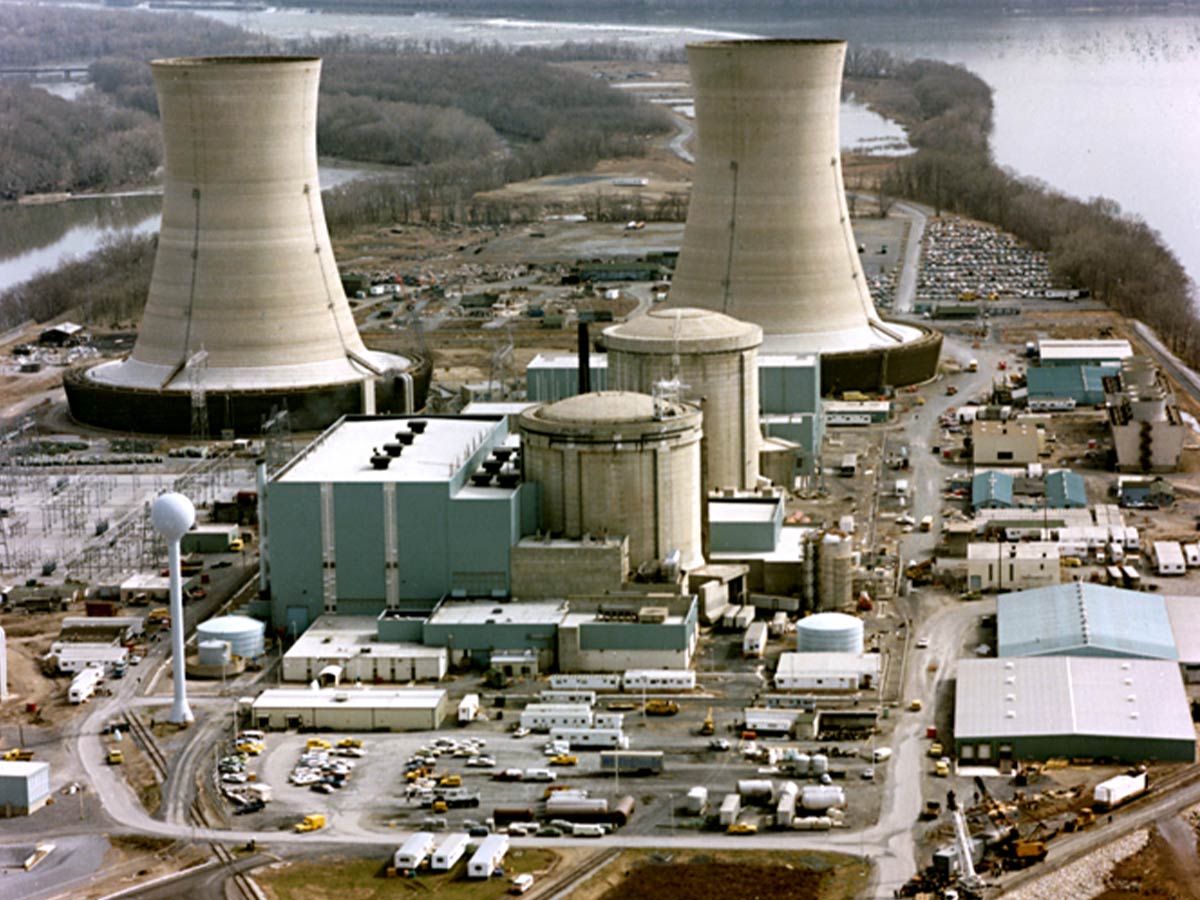
The Three Mile Island accident in 1979 marked a critical event in the history of nuclear power in the United States. Due to a combination of equipment malfunction, design-related problems, and human error, the Unit 2 reactor experienced a partial meltdown. This incident at the Pennsylvania nuclear power plant highlighted the potential dangers of nuclear energy, leading to the release of radioactive gases.
Although the health and environmental impacts were minimal, the incident had a profound effect on nuclear policy, regulatory oversight, and public perception of nuclear safety, ushering in an era of increased scrutiny and regulation within the nuclear power industry.
No Prestige

The Prestige oil spill disaster, which occurred in November 2002 off the coast of Galicia, Spain, stands as one of the worst environmental catastrophes in European history. This incident was a result of multiple failures, including the structural deficiencies of the aging tanker and inadequate response measures following its distress.
When the Prestige broke apart, it spilled over 60,000 tonnes of oil into the Atlantic, causing extensive damage to marine life, ecosystems, and local economies reliant on fishing and tourism. The disaster underscored the critical need for stringent maritime safety regulations, rigorous maintenance standards for vessels, and effective emergency response strategies to prevent future spills.
An Oily Mess

The Exxon Valdez oil spill, one of the most devastating environmental disasters in U.S. history, was primarily caused by human error, including the crew's inadequate rest and failure to repair essential navigation equipment. On March 24, 1989, the tanker ran aground in Alaska's Prince William Sound, spilling approximately 11 million gallons of crude oil.
This incident had a profound impact on the region's marine and coastal ecosystems, affecting over 1,300 miles of shoreline. The disaster prompted significant improvements in tanker design, navigation technology, and crew training, highlighting the critical need for stringent operational and safety standards in the oil transportation industry.
An Explosion in the Sky

The Space Shuttle Challenger disaster on January 28, 1986, is a somber milestone in space exploration history, caused primarily by faulty equipment. The catastrophe was triggered by the failure of an O-ring seal in the right solid rocket booster. This critical component failure allowed hot gases to leak during launch, leading to the destruction of the shuttle 73 seconds into its flight.
The incident not only resulted in the tragic loss of all seven crew members but also served as a stark reminder of the importance of rigorous engineering and safety standards in space missions. It underscored the necessity for thorough testing and validation of spacecraft components to prevent similar tragedies.
A Dot-Com Bust

In 2000, Terra Networks, the internet arm of the Spanish telecommunications company Telefonica, acquired the U.S. internet portal Lycos for $12.5 billion in a highly publicized deal. Initially seen as a strategic move to create a global internet leader, the merger failed to live up to its promises. The combined entity, Terra Lycos, struggled with financial losses, with both companies having reported significant deficits prior to the merger.
Wall Street reacted negatively, sending Lycos’s stock down more than 20 percent shortly after the announcement. This financial turmoil underscored the challenges of integrating distinct corporate cultures and business models, ultimately marking the acquisition as a misstep in the dot-com era's frenzied M&A landscape.
Ignoring the Warnings
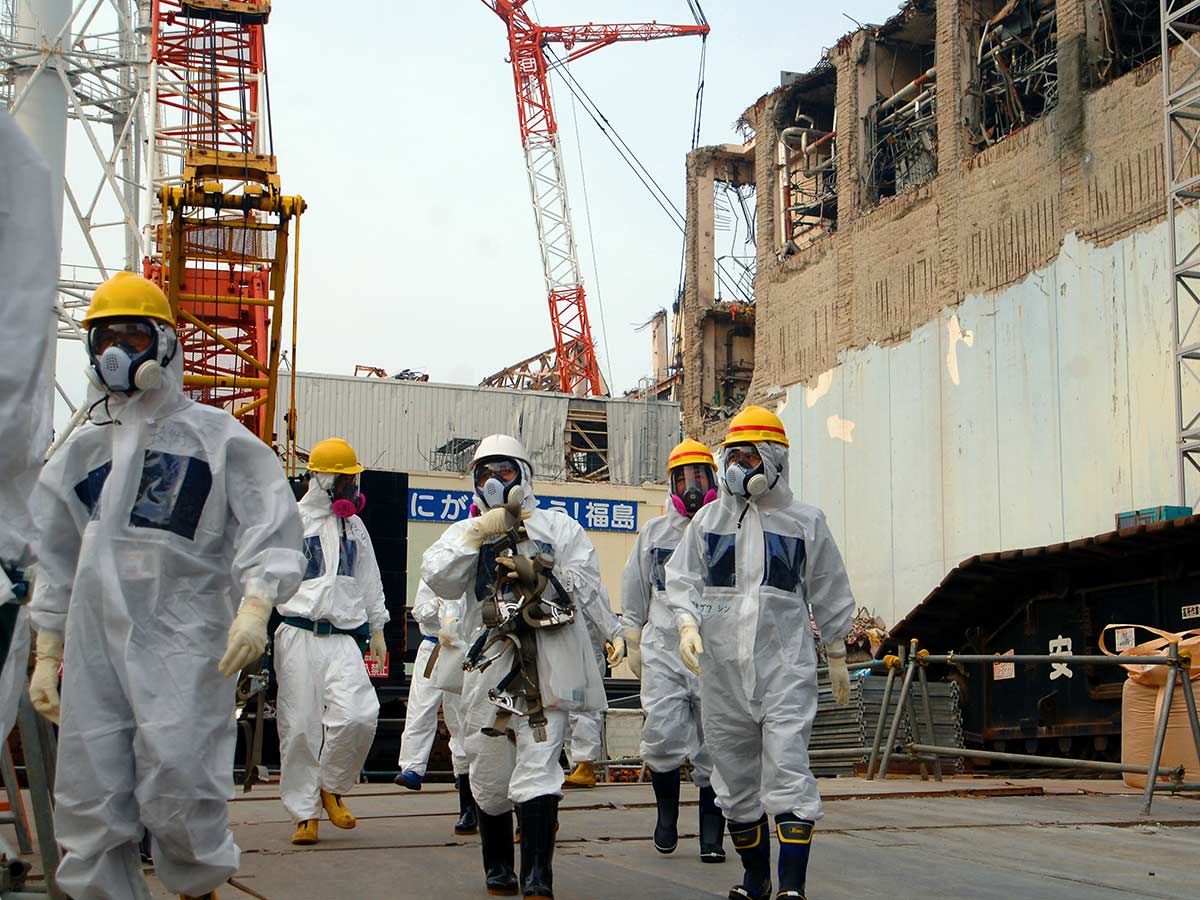
Prior to the catastrophic 2011 Fukushima Daiichi nuclear disaster, Tokyo Electric Power, the plant's operator, had disregarded warnings that the facility was vulnerable to a tsunami of significant magnitude. Reports indicating the need for enhanced defenses to guard against potential tsunamis as high as 10 meters were ignored.
This oversight proved to be a grave error when a massive tsunami, triggered by the Tohoku earthquake, struck the plant, leading to widespread nuclear meltdown. The incident highlighted the critical importance of heeding scientific warnings and implementing necessary safety measures to prevent such disasters.
A Bad Merger

The 1998 merger between Daimler-Benz and Chrysler, initially hailed as a monumental union in the automotive industry, ultimately unraveled due to deep-seated cultural and operational differences. Engineered as a "merger of equals," the reality painted a different picture, with Daimler-Benz effectively engulfing Chrysler.
This misalignment led to internal strife and a clash of corporate cultures, hindering seamless integration and cooperation. Furthermore, strategic discrepancies in brand positioning and market approach exacerbated the union's challenges. The merger's failure, culminating in Daimler-Benz's sale of Chrysler in 2007, underscores the critical importance of cultural compatibility and shared strategic vision in corporate mergers.
The Tastiest Mistake in History

Chocolate chip cookies, now a beloved staple in American cuisine, were born from a serendipitous accident in 1938. Ruth Wakefield, owner of the Toll House Inn in Massachusetts, intended to make chocolate cookies but ran out of regular baker's chocolate. Resourcefully, she broke Nestle's semi-sweet chocolate into small pieces, expecting them to melt and disperse throughout the dough.
Instead, the pieces retained their shape, creating the first chocolate chip cookies. This happy accident not only led to the creation of an iconic treat but also resulted in a business partnership with Nestle, leading to the widespread popularity of chocolate chip cookies.
An Accidental Miracle Device

The invention of the cardiac pacemaker, a device crucial for countless lives around the globe, emerged from research initially aimed at combating hypothermia. In the late 1940s and early 1950s, Canadian researchers Wilfred Bigelow and John Callaghan explored hypothermia's potential to lower metabolism and reduce heart rate, facilitating safer intracardiac procedures.
Their groundbreaking work laid the foundation for open heart surgery and inadvertently led to the development of the pacemaker. Notably, John Hopps, an engineer working with Bigelow, utilized his experience to create the first pacemaker, a device that could regulate heart rhythm through electrical impulses, transforming cardiac care.
A Snowy Error

According to legend, Hannibal Barca, in a bold display of leadership during the Second Punic War, attempted to prove the safety of crossing the snowy Alps by leading his army across. Intent on demonstrating the path’s feasibility and to surprise the Romans, he inadvertently triggered an avalanche.
This tragic misjudgment is said to have resulted in the deaths of 18,000 of his own soldiers, showcasing the perilous nature of the venture. This story, while dramatic, is more mythic than factual, emphasizing the high stakes and the extreme risks Hannibal was willing to take to challenge Rome.
A Dark Problem

The 1977 New York City Blackout was triggered by a series of unfortunate events and errors. Initially sparked by lightning strikes in Westchester County, the situation was exacerbated by failures within the city's power grid system. Con Edison faced scrutiny for not activating reserve power from gas turbines across the city, a critical oversight during the crisis.
This combination of natural phenomena and human and mechanical failures created a perfect storm, leading to a widespread power outage. The resultant blackout not only plunged the city into darkness but also underscored the vulnerabilities in its infrastructure, highlighting the need for improved preventive measures and emergency response strategies.
Look Both Ways Before Crossing

The Hessians, German mercenaries fighting for the British during the American Revolutionary War, famously ignored warnings about George Washington's daring plan to cross the Delaware River on Christmas night in 1776. Dismissing the intelligence as implausible due to harsh winter conditions, they were caught off guard when Washington and his men successfully executed the surprise attack on their garrison in Trenton, New Jersey.
This pivotal moment significantly boosted American morale and momentum, changing the course of the war by demonstrating the Continental Army's resilience and strategic ingenuity. Washington's victory at Trenton reinvigorated the American fight for independence.
A Fatal Design Flaw

The de Havilland Comet, celebrated as the world's first commercial jet airliner, encountered catastrophic failures that led to a reevaluation of aircraft design principles. Specifically, the Comet's innovative yet ultimately flawed square windows were implicated in two tragic explosions mid-flight.
Engineers discovered that these squarish window designs contributed significantly to metal fatigue, creating stress points at the corners where cracks could initiate and propagate. This structural weakness resulted in explosive decompression at cruising altitudes, causing the loss of the aircraft and all on board. These incidents underscored the critical importance of understanding material science and aerodynamics in aviation design.
One Loose Bolt

The Soviet N1 rocket, a centerpiece in the USSR's bid to reach the Moon, suffered catastrophic failures that thwarted its lunar ambitions. A remarkably small, yet critical, issue led to one of its most notable explosions: a loose bolt.
During one of the launches, this bolt came loose and was ingested into an oxygen pump fueling one of the rocket's engines. The resulting malfunction caused the rocket to explode seconds after liftoff, highlighting the intricate balance of engineering precision required in space exploration and the devastating impact of seemingly minor oversights.
A Terrible Typo
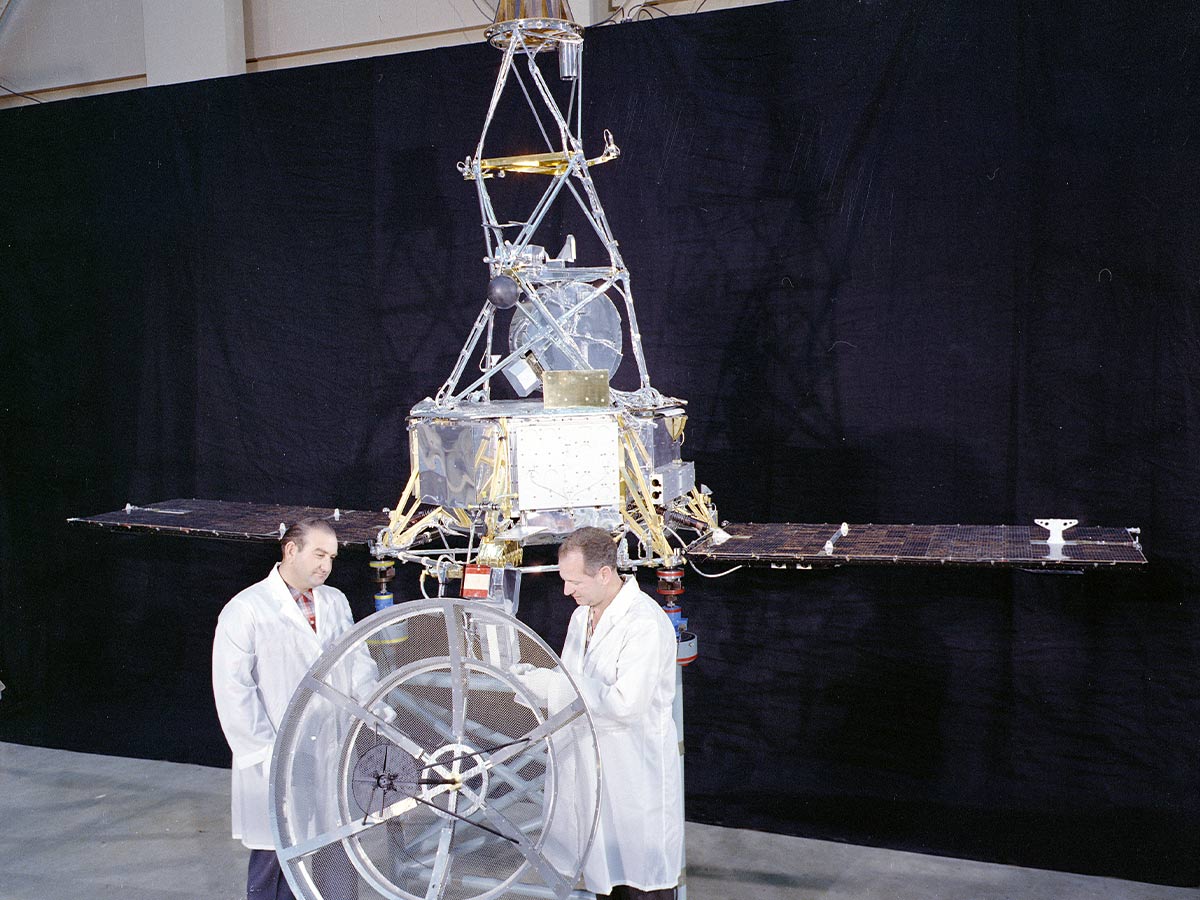
The Mariner 1 probe, designed by NASA to conduct a flyby of Venus and gather critical data on its atmosphere and temperature, met an untimely end due to a seemingly minor error: a single typo in its guidance software's programming. This mistake caused the spacecraft's guidance system to malfunction shortly after launch, leading to erratic flight behavior.
For safety reasons, the decision was made to destroy the spacecraft and its booster just minutes into the flight. This incident, occurring on July 22, 1962, underscored the profound impact that even the smallest errors can have on space missions, marking it as a costly lesson for NASA in the precision required in space exploration.
 Author
Ron Winkler
Last Updated: April 25, 2025
Author
Ron Winkler
Last Updated: April 25, 2025